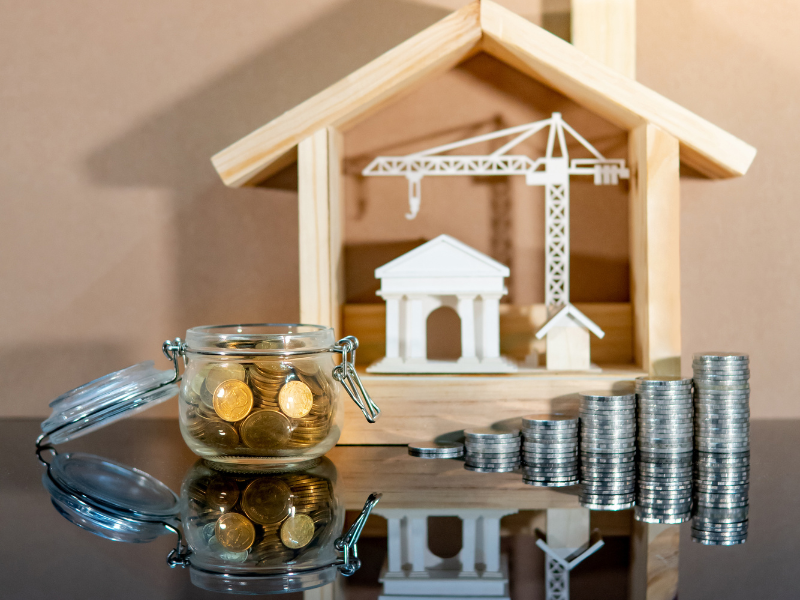
When building a home or tackling a significant renovation, many people turn to construction loans to finance their projects. Construction loan interest rates generally range between 10% and 13.25%, depending on the lender. This range is noticeably higher than traditional mortgage rates, which leaves many borrowers wondering why. Several factors contribute to this difference, including market conditions, the borrower’s financial position, location, lender terms, and the Loan-to-Value (LTV) ratio.
Let’s explore why construction loan rates are typically higher and the key elements that influence these percentages.
Why Construction Loan Rates Are Higher Than Mortgage Rates
- Risk Factor Construction loans are inherently riskier for lenders than standard mortgage loans. While a traditional mortgage is secured by an existing, completed property, a construction loan is based on a project that hasn’t been built yet. If the project isn’t completed on time or goes over budget, the lender faces significant risk. This risk is reflected in the higher interest rates for construction loans, ensuring that lenders are compensated for the potential volatility of these projects.
- Short-Term Nature Unlike mortgage loans, which typically have a repayment period of 15 to 30 years, construction loans are short-term, generally lasting only six months to a year. The higher interest rates help lenders recover their investment over the brief loan period.
- Interest-Only Payments Construction loans often come with interest-only payments during the construction phase. Once the construction is complete, borrowers may have the option to convert the loan into a traditional mortgage, but during the build, only interest is paid. This setup can make the loan more flexible but also adds to the costs during construction.
- Custom Builds vs. Existing Homes In a mortgage scenario, a lender can easily assess the value of an existing home through appraisals, comparable sales, and property inspections. With construction loans, the future value of the home is much harder to predict, as it depends on many variables, such as building materials, contractor reliability, and even weather conditions that could delay progress. As a result, lenders charge higher rates to offset these uncertainties.
Factors that Impact Construction Loan Rates
- Market Conditions: Like all loans, construction loan interest rates fluctuate based on broader market conditions, such as inflation, Federal Reserve rates, and the overall economic climate. When the market is more volatile, interest rates for construction loans can increase.
- Borrower’s Financial Position: Your credit score, income, debt-to-income ratio, and overall financial health play a role in determining the interest rate on a construction loan. Borrowers with higher credit scores and stronger financial profiles will generally qualify for better rates.
- Location: The location of your construction project can impact the loan rate. Lenders may view certain areas as riskier due to economic factors, environmental concerns, or less robust local real estate markets, leading to higher interest rates.
- Loan-To-Value (LTV) Ratio: The LTV ratio is the percentage of the loan amount compared to the appraised value of the completed home. A higher LTV ratio often results in a higher interest rate because it suggests a greater risk for the lender if the borrower defaults.
Construction loan rates are higher than traditional mortgage rates for good reason. They reflect the added risk and uncertainty that come with financing a building project from the ground up. Borrowers should understand the specific factors that influence these rates, such as market conditions, personal financial health, and the project’s location, to make informed decisions when selecting a lender.
Construction loans offer the flexibility and funding needed to bring your dream home to life, but the higher rates highlight the importance of a well-thought-out plan and budget to manage costs effectively.




![EdCurrie_Logo White[Transparent] EdCurrie_Logo White[Transparent]](https://edcurrie.com/wp-content/uploads/elementor/thumbs/EdCurrie_Logo-WhiteTransparent-qybu3sjgpfhje9098uitv7fpt7os2hgn52gfy6ocx4.png)